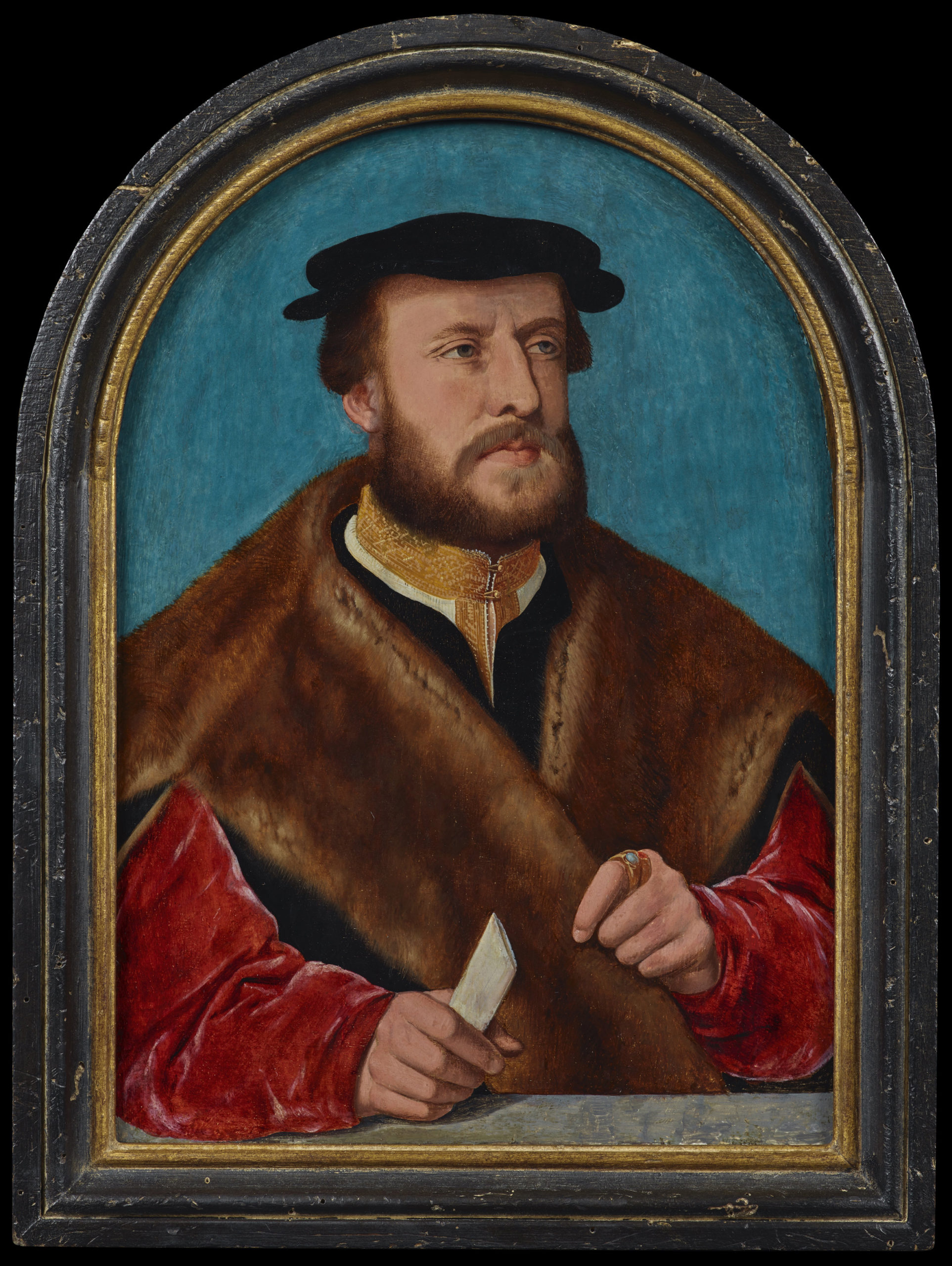
Bartholomeus Bruyn the Elder
Biography
ContextA painter of religious subjects and portraits, Bartholomeus Bruyn the Elder began working in Cologne in 1515 where he served on the town council, occupying a variety of posts. He was a member of the town's guild in 1518 and 1521. He painted a wide range of subjects, but he is most famous for his work as a portraitist. He executed lively, expressive portraits of Cologne’s patricians: mayors, wealthy merchants and scholars.
Contrary to his contemporaries Lucas Cranach and Hans Holbein, Bartholomeus Bruyn never worked in the service of a princely court. Keen to paint portraits that were unique and close to reality rather than idealised images, Bruyn rapidly became the accredited portraitist of the haute bourgeoisie and notables of Cologne. Attaching great importance to the singularity of each of his models, Bruyn succeeded in revealing the intimate details of members of 16th-century German high society.
The artist didn't only focus on the face; fabrics, jewellery and hands all provide clues as to the identity of the person in the portrait. His works were primarily influenced by Jan Joos van Calcar and Joos van Cleve, followed by the Dutch masters Jan van Scorel and Martin van Heemskerk, who travelled through Italy. Bartholomeus Bruyn seems to have been very close to Joos van Cleve, his master and probably his father-in-law. In 1529, he received a commission for an altarpiece from the chapter of the Church of St. Victor in Xanten, which he finished in 1534/1536. The majority of his altar paintings, which he painted or were painted by his large studio that his son Bartholomeus the Younger later took over, can be found in Xanten and Essen. Bartholomeus Bruyn can be considered as the main representative of the pictorial tradition that developed in Cologne between the 15th and 16th century.


